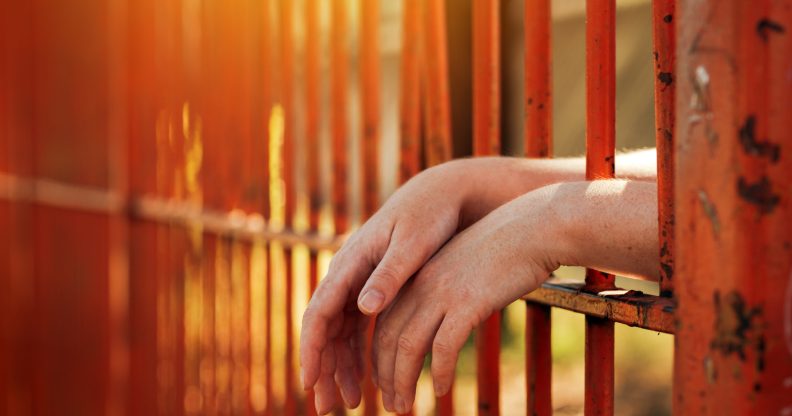Trans woman sent to men’s prison twice describes ‘terrifying’ experience of rape, abuse and staff that ‘didn’t know what to do with me’

Pato is sharing her ordeal in immigration detention to try to improve things for other trans women. (Envato)
A trans woman from Virginia has described her violent and “terrifying” experiences being twice incarcerated in a men’s prison, highlighting the need for “absolute systemic change”.
According to WYDaily, Tykira Spruill’s first stretch in prison began in 2006 at St Bride’s Correctional Facility in Chesapeake, Virginia, after she was locked up for charges related to stealing.
She had recently started medically transitioning with hormone replacement therapy (HRT) and silicone infections in her face, but when she arrived she was stripped of any gender-affirming clothing and placed in a men’s ward.
While her first prison experience was traumatic, trapping her in a place that did not match her gender, her second was even worse.
Spruill was later sent to Nottoway Correctional Center in Nottoway County on identity fraud charges, but began to experience medical problems.
She had still been having silicone injections before she was incarcerated, and developed an infection that was causing her to lose her vision and pass out.
But when she was taken to medical, the doctors at the men’s prison had no idea how care for a trans woman or treat her infection.
She said: “The doctors just didn’t know what to do with me. I was terrified.”
Trans woman was raped in prison.
Spruill was transferred back to St Bride’s Correctional Facility for treatment, but with just one year left of her sentence, her prison experience was about to become even more traumatic.
One day a man, who Spruill had noticed staring at her, followed her into the shower. He pinned her to the floor and raped her.
She said: “I didn’t want to scream and wake the whole pod up. I didn’t know what to do.
“What do you do when you’re being raped?”
I didn’t know what to do. What do you do when you’re being raped?
After that traumatic day, word spread and other prisoners began approaching her and touching their genitals. Spruill was forced to keep her head down and avoid contact with others until her release.
Cory Gerwe, a clinical director at the LGBTQ Life Center, said that placing trans people in a prison that does not match their gender has “major impact because they have to shift their identity”.
He said: “They have to put on a mask of someone they’re not and pretend they’re something they’re not.”
Gerwe added that there are many changes that need to happen before LGBT+ people will be safe in prison, including better mental health provisions, separate pods or wards where LGBT+ people can be protected and education for prison staff on trans issues specifically.
He added: “There are so many changes that need to be done with the prison system in general. I think absolute systemic change is how we navigate that process.”
While the violent memories will never leave her, since leaving prison in 2018 Spruill is now using her experiences to help other trans women through her work with local LGBT+ non-profit Nationz Foundation.
She said: “There are days where I wake up and I just have to keep pushing forward.
“I know there are people in the trans community crying out for help but they’re scared because they don’t trust people.”
She added that her story is not unique, and that trans people across the US are having similar traumatic experiences.
“As long as you have prisons open, someone on that compound will be extorting a trans woman,” she said.

